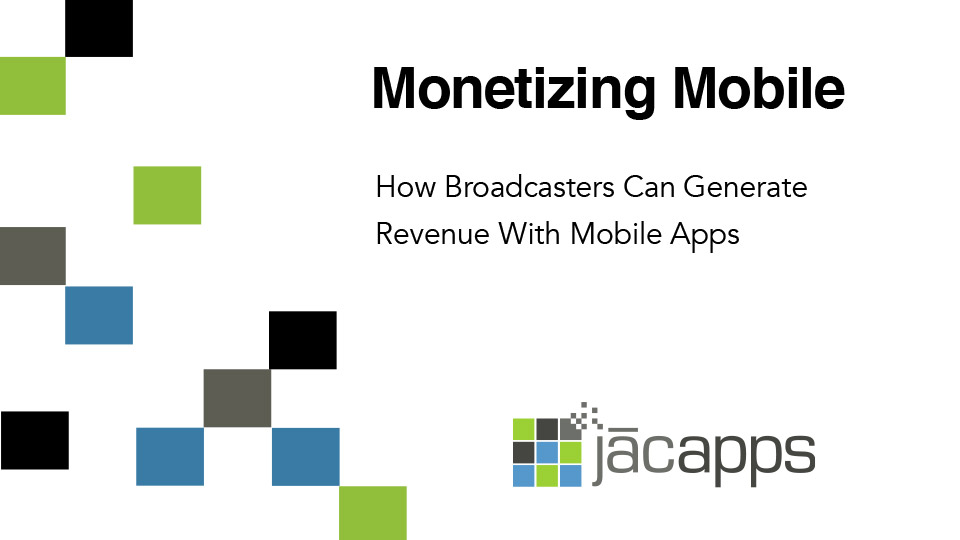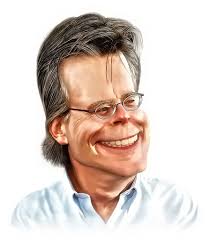jacapps Just 15 Minutes Webinar Series
White Papers
from Jacobs Media
Back in the day, pretty much everyone owned a piece of radio station merch. These days, radio competes with some of the biggest brands in the world for the privilege of fans display logos. How can radio effectively keep pace with mega-brands like the NFL and Netflix, both focused on winning the merch wars? Today’s blog provides some answers.
Even companies on the brink of bankruptcy may be just an idea away from salvation. Innovation takes many forms and can come from unpredictable sources. Today’s blog post is a case in point. It tells the story of an unlikely pivot from a 100 year-old company that fortunately was open to embracing “the next big thing.” Would your company have the foresight and intelligence to seize a similar moment?
Smart marketers and savvy brand managers use a little trick that ensures they’ll earn a usage increase when they need it most. McDonald’s is a prime example of this technique with their McRib limited availability strategy. But great radio stations use similar devices to drive cume and awareness, as well as buzz. Can your station (or show) pass the test? What’s your station’s McRib?
Last week, Sam Altman of OpenAI announced a radio-esque promotion with the “12 Days of OpenAI.” After being pretty quiet over the last couple months, the AI giant started making one new product announcement per day. The announcements will continue every weekday until the Friday before Christmas. The biggest announcement so far has been the release…
What are those transmitters and towers worth today? And if there still a market for radio stations in the U.S.? Last week, we saw a high profile radio owner simplly walk away from his cluster of stations. In today’s post, we try to figure it out.







